Monday, May 19
3MT® Competition for Students and Postdocs
Monday, May 19, 2025, 2:00 pm – 3:00 pm, Offsite
Meet the Professors
Monday, May 19, 2025, 4:00 pm – 5:30 pm, Banyan Breezeway
Monday, May 19, 2025, 2:00 pm – 3:00 pm, Offsite
Monday, May 19, 2025, 4:00 pm – 5:30 pm, Banyan Breezeway
Monday, May 20, 2024, 2:15 – 3:15 pm, Pirate Island
Enjoy free snacks and refreshments while you meet other undergraduates. We’ll also have a few graduate student and faculty mentors who will be happy to answer any questions about the conference, career options, or scientific interests.
2025:
All are welcome!
Friday, May 16, 2025, 7:15 – 8:15 pm, Banyan/Citrus
VSS welcomes its undergraduate attendees! This event is designed as an opportunity to get to know each other and find our way through the meeting. Let’s gather in Banyan/Citrus (located in Jacaranda Hall) for a playful break after the afternoon science and before walking over to the opening night reception.
Sunday, May 21, 2023, 7:30– 8:30 pm, Jasmine/Palm
Organized by: VSS Student-Postdoc Advisory Committee (SPC)
Organizers: Claudia Damiano, KU Leuven; Stephanie Shields, The University of Texas at Austin; Maruti V Mishra, University of Richmond
Moderator: Claudia Damiano, KU Leuven
Panelists: Angelica Godinez, Humboldt Universität zu Berlin; Sabrina Hansmann-Roth, University of Iceland; Madhu Mahadevan, Magic Leap; N Apurva Ratan Murty, Massachusetts Institute of Technology; Alex White, Barnard College
Career transitions are both exciting and scary. Some of the uncertainty regarding a new role, however, can be reduced by talking to others who have made similar transitions. This year VSS-SPC and FoVea together present a two-part ‘Career Transitions Workshop’ on navigating these diverse pathways, with Part 1: Early Career Panel and Part 2: Where do I go from here? Round-Table Discussion.
Part 1 will feature a panel discussion on early career transitions, from the undergraduate level up through securing faculty positions and jobs outside of academia. A panel of vision scientists with a variety of chosen career paths will discuss their stories, the transitions they’ve gone through in their careers, and how they made the key decisions that led them to their current jobs. After each panelist gives an overview of their story, audience members will be invited to participate in a question-and-answer session with the panel. The panel will include representatives from both academia and industry, so attendees will hear firsthand perspectives both on navigating academia and on transitioning between academia and industry. Especially given the recent layoffs in industry and the pandemic’s lasting impact on hiring in higher education, we hope the panel will provide useful insights into current trends affecting early career researchers and ideas for how trainees can increase their chances of success in today’s professional landscape.
Following this panel discussion, participants will be invited to attend Part 2 of the Career Transitions Workshop, where they can take part in small group discussions and enjoy light snacks and drinks.
Note: All are welcome to attend both parts of this workshop, to only attend Part 1, or to only attend Part 2.
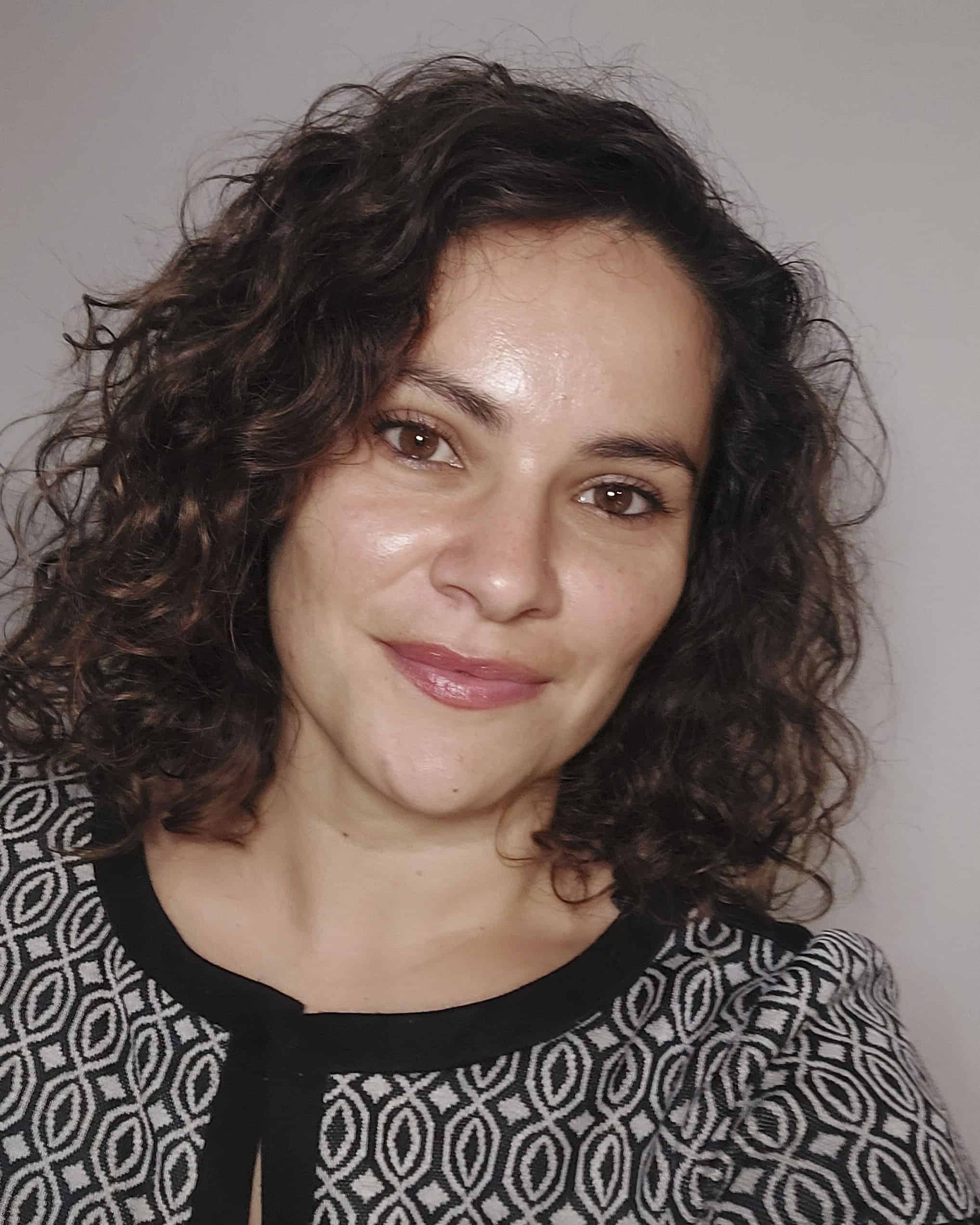
Postdoctoral Researcher, Humboldt Universität zu Berlin
Angie, is a vision scientist and postdoctoral researcher working in Martin Rolfs’ Active perception and Cognition lab at Humboldt-Universität zu Berlin and in the German Excellence cluster Science of Intelligence. As part of the cluster, her research is aimed at understanding visual processing for perception and action as an attempt to improve current models of perceptual processing and contribute insights to AI and robotics. Prior to her postdoc, Angie received a BS in Psychology and MS in Human Factors and Ergonomics from San Jose State University. During this time, she worked in the Visuomotor Control Lab at NASA Ames Research Center where she conducted low-level vision research (i.e., eye-movement responses to changes in stimulus contrast and luminance) and applied research on the physiological changes due to vibration and acceleration. For her PhD in vision science at the University of California, Berkeley, she worked with Dennis M. Levi on the impact, recovery and possible adaptations of poor binocular vision. While at Berkeley, she completed an internship at NVIDIA where she applied her knowledge of visual processing to gaze-contingent rendering in an attempt to reduce bandwidth and increase rendering speed in computer graphics.
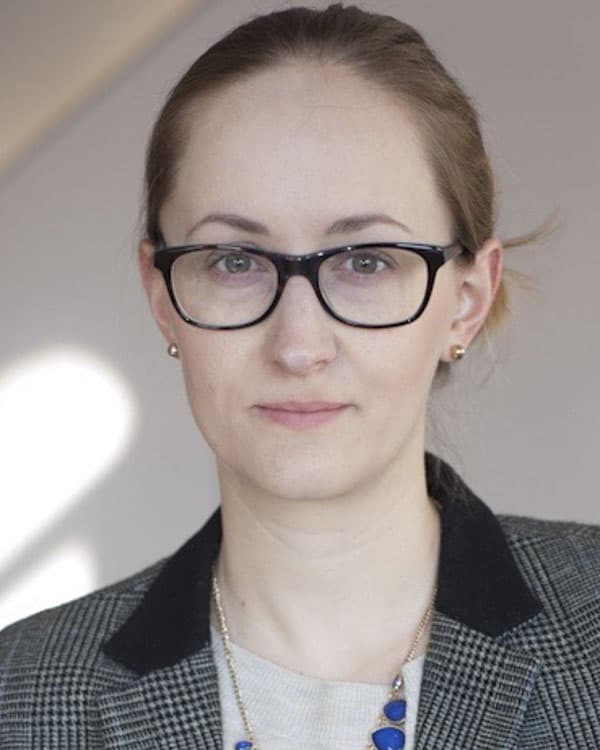
Assistant Professor, University of Iceland
Sabrina Hansmann-Roth, is an Assistant Professor at the University of Iceland and a Co-PI of the Icelandic Vision Lab. She obtained her PhD from Université Paris Descartes followed by postdoctoral positions at the University of Iceland and the University of Lille. She is interested in the mechanisms used to represent information in visual memory. For that, she investigates probabilistic representations of visual ensembles, visual priming and perceptual biases such as serial dependence. She was a former member of the VSS Student-Postdoctoral Advisory Committee and looking forward to this year’s career transitions workshop, sharing her experiences and discussing with ECRs and the other panelists.
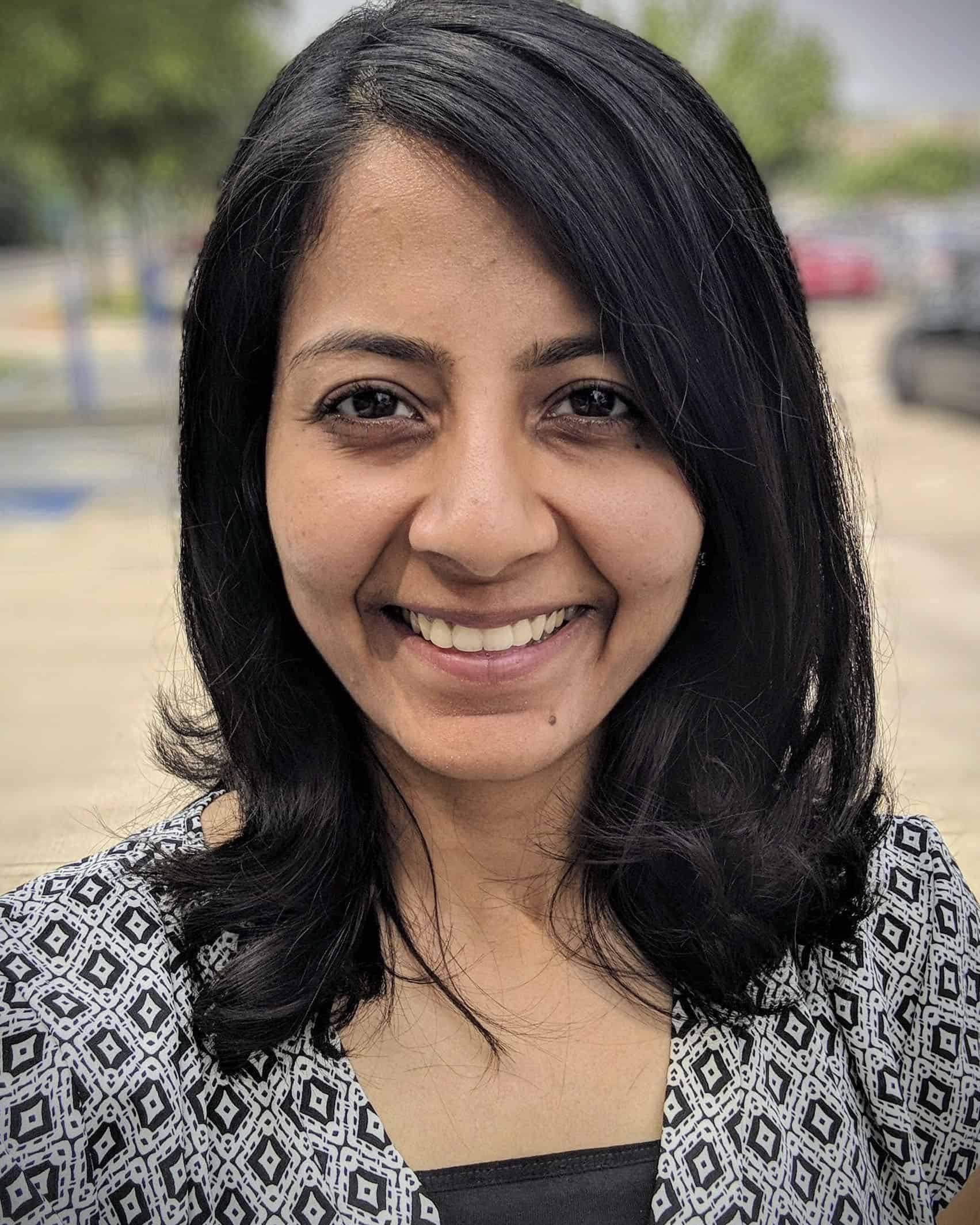
Research Scientist, Magic Leap
Dr. Madhu Mahadevan is a vision research scientist at Magic Leap, Inc. She started her career as a clinical optometrist in India with a primary focus on low vision eye care and contact lens management. She then completed her PhD working with Dr. Scott Stevenson on visual attention and eye movements from the University of Houston, College of Optometry, TX. During her doctoral program, she was a research intern at Nvidia, Santa Clara, CA working on auto calibration of eye trackers in virtual reality headsets. After graduation, she joined as a user experience researcher at Human Interfaces, Austin, TX where she used product research methods to help multiple stakeholders interested in enhancing user experience across consumer and enterprise products. She is currently working at Magic Leap, Inc on their augmented reality headset where she uses applied vision concepts and optometric principles in conjunction with product research methods to evaluate design decisions and make optimal choices to help users have a comfortable viewing experience.
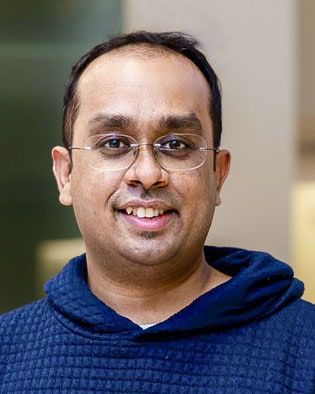
Research Scientist, Massachusetts Institute of Technology
Ratan received his PhD in Neuroscience from the Center for Neuroscience, Indian Institute of Science, Bangalore. His PhD research with Prof. S.P. Arun elucidated the computational mechanisms underlying viewpoint invariant representations in the monkey inferotemporal cortex. He is currently a NIH K99/R00 Pathway to Independence fellow and Research Scientist at MIT with Profs. Nancy Kanwisher and Jim DiCarlo. In his current research, he uses methods from cognitive neuroscience, human neuroimaging, electrophysiology, and artificial intelligence, to investigate the development and cortical organization of human visual intelligence.
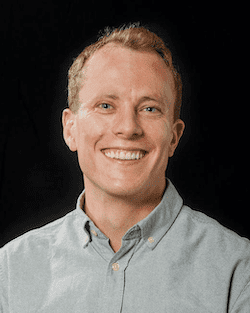
Assistant Professor, Barnard College
Alex White has been studying vision since he first attended VSS as an undergraduate in 2006. He is particularly interested in visual word recognition, selective attention, eye movements, and awareness. He got his PhD working with Dr. Marisa Carrasco at NYU in 2013. After a meandering but fruitful postdoctoral journey, he started a faculty position at Barnard College in 2021. An NIH K99/R00 award facilitated that transition. For more information on his current research, see his lab website. Alex also co-organizes the Visibility events at this conference.
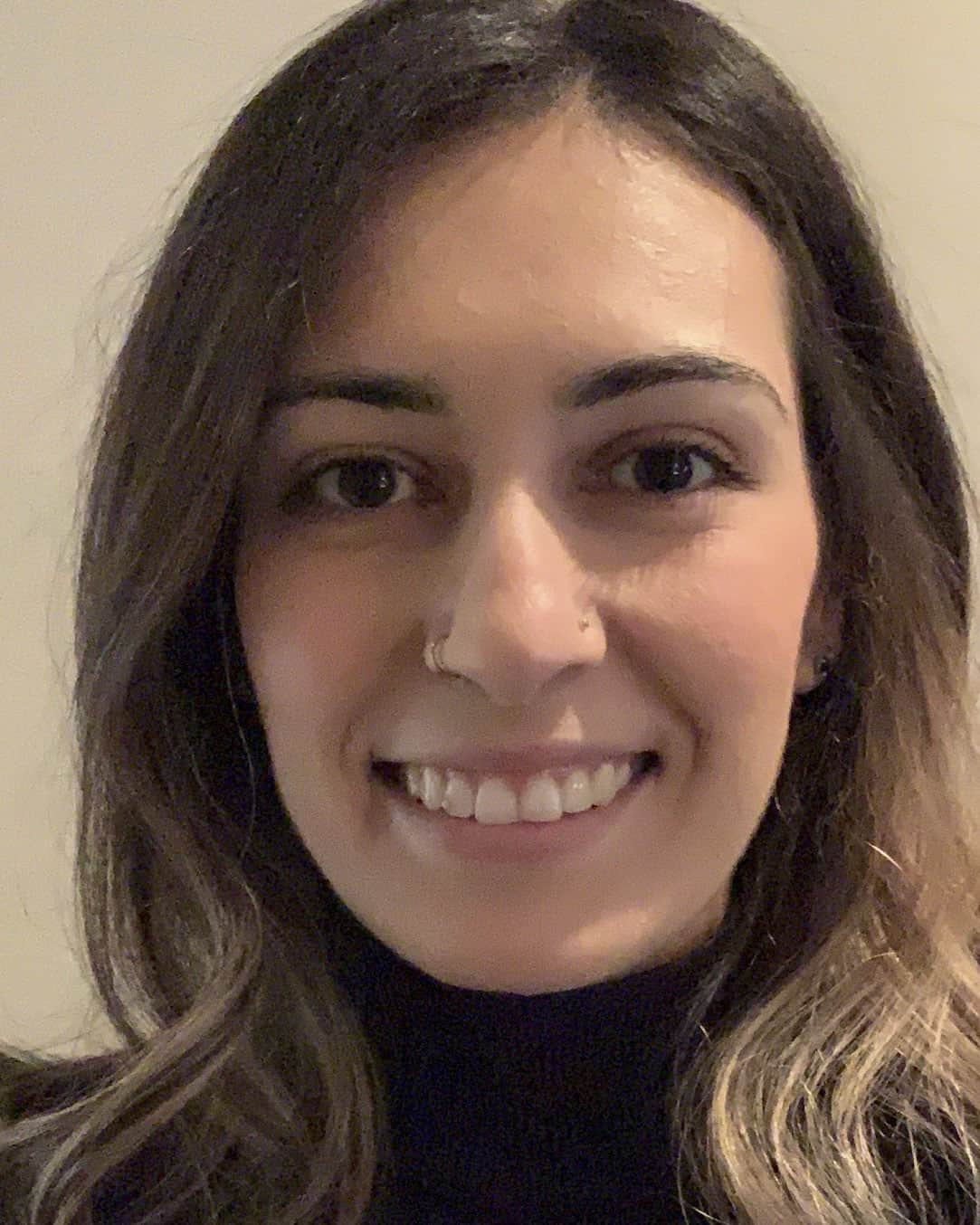
Postdoctoral Researcher, KU Leuven
Claudia Damiano holds a PhD from the University of Toronto (2019) and is currently a Marie Skłodowska-Curie postdoctoral fellow at the University of Leuven (KU Leuven) in Belgium, specializing in scene perception and visual aesthetics. Broadly, her research aims to understand how visual features impact aesthetic preferences and guide attention. In her current project, she explores the cognitive and emotional benefits of interacting with nature using eye-tracking and virtual reality techniques. Her work contributes to our understanding of the relationship between human perception and the appreciation of natural environments. Claudia has served as a panelist on similar early-career panels, offering advice to Master’s and PhD students about transitioning to a postdoc position. As a moderator, she will ensure that the panel offers valuable insights and actionable advice to attendees.
Monday, May 22, 2023, 2:30 – 3:30 pm, Banyan/Citrus
Enjoy free snacks and refreshments while you meet other undergraduates. We’ll also have a few graduate student and faculty mentors who will be happy to answer any questions about the conference, career options, or scientific interests.
All are welcome!
Saturday, May 20, 2023, 12:45 – 2:15 pm, Sabal/Sawgrass
Moderator: Krystel Huxlin, University of Rochester, USA
Panelists: Reuben Rideaux, University of Sydney; Martin Rolfs, Humboldt-Universität zu Berlin; Miriam Spering, University of British Columbia
Success in obtaining grant funding for your research ideas is a hallmark of success in academia, and increasingly, in private industry. This workshop features panelists who will provide perspectives on strategies to attain funding success. Topics will include: what constitutes a fundable research idea, opportunities and strategies for developing grantsmanship as a graduate student or postdoc – including those pertinent to diversity, how granting opportunities differ in different countries, how grants are evaluated by granting agencies, and best practices for reacting and responding to grant evaluations in a manner that ultimately leads to funding success.
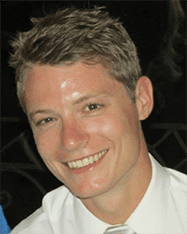
University of Sydney
Reuben Rideaux is an ARC DECRA Fellow at the University of Sydney, and an Honorary Senior Research Fellow at the Queensland Brain Institute. Prior to this, he was a Leverhulme Early Career Fellow at the University of Cambridge and a PhD student at the Australian National University. He combines computational modelling, neuroimaging, and psychophysics to study perception and cognition. He has a particular interest in developing new methods for understanding brain function, such as bio-inspired explainable AI, high resolution functional MR spectroscopy, and neural decoding. He leads the ECR subcommittee of the Australian Cognitive Neuroscience Society, and regularly speaks about his work to research groups, clinicians, and the media. In addition to supervision of graduate and postgraduate students, he enjoys participating in public outreach activities aimed at communicating the importance sensory and cognitive neuroscience research to the public, e.g., Cambridge BrainFest, and encouraging school students consider a career in neuroscience research, e.g., BrainBee.
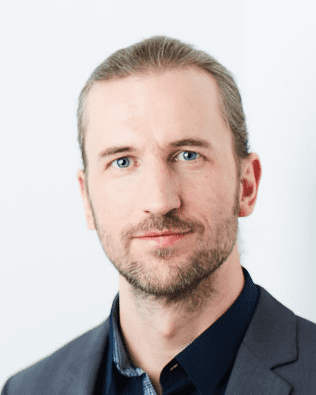
Humboldt-Universität zu Berlin
Martin Rolfs heads the Active Perception and Cognition lab at the Department of Psychology at Humboldt-Universität zu Berlin. He obtained his PhD from the University of Potsdam in 2007, for which he received the Heinz Heckhausen Award, and was a postdoc at Université Paris Descartes and a Marie Curie fellow at New York University and Aix-Marseille Université. In 2012, he established a junior research group at the Bernstein Center for Computational Neuroscience before, he was appointed Heisenberg Professor at Humboldt-Universität zu Berlin in 2018. His research is funded by the German Research foundation (DFG) and the European Research Council (ERC), and he is a core PI at Berlin’s Cluster of Excellence Science of Intelligence.
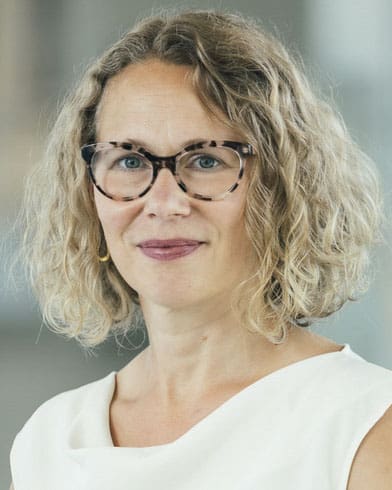
University of British Columbia
Miriam Spering is Associate Professor in Ophthalmology & Visual Sciences at the University of British Columbia (UBC). She also is Director of the Graduate Program in Neuroscience and Associate Dean of Graduate and Postdoctoral Education in UBC’s Faculty of Medicine. Before moving to Canada, Spering completed her undergraduate (Univ Heidelberg, Diploma in Psychology) and graduate education (Univ Giessen, PhD in Psychology) in Germany and postdoctoral training in the US (NYU, Psychology & Neuroscience). Spering has a notable record of scientific achievements in the vision sciences, with a research focus on eye movements, perception-action interrelations, multisensory integration, and disorders of the sensorimotor system. The recipient of many awards for research and mentorship, she has broad experience in senior academic and research leadership roles, advancing graduate training, interdisciplinarity, and wellbeing, equity, diversity, and inclusivity. Spering is funded by several of the major Canadian funding agencies, and has extensive experience mentoring students to obtain their own fellowship and grant funding.
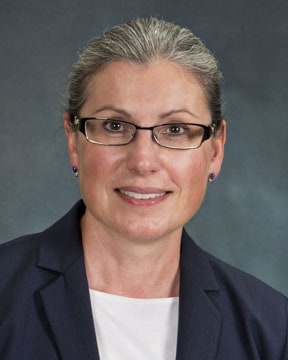
University of Rochester
Krystel Huxlin is the James V. Aquavella Professor of Ophthalmology and Associate Chair for Research at the University of Rochester (UR)’s Flaum Eye Institute. She also serves as the Associate Director of UR’s Center for Visual Science and co-Director of its Training program. She is a member of the Neuroscience Graduate Program Executive Committee, and an Ombudsperson for graduate students and postdocs at the UR Medical Center. Huxlin earned her bachelors (1991) and doctorate (1994) degrees in Neuroscience at the University of Sydney, Australia. She was an Australian NHMRC C.J. Martin postdoctoral fellow at UR before joining its Ophthalmology faculty (1999). Her work seeks to understand how visual functions can be restored after damage to the visual system, as well as to characterize the properties of, and mechanisms underlying different forms of vision restoration. She holds 10 patents, was the inaugural President of the Rochester SFN Chapter, is an editor at eLife and Journal of Vision, and a member of the VSS Board of Directors.
The Vision Sciences Society announces the 2020-2021 inaugural members of The Student-Postdoc Advisory Committee (SPC)!
The Student-Postdoc Advisory Committee will advise the VSS Board and membership about how events, workshops, meeting structure, and activities can best target the needs of trainee members and attendees. They will be reaching out to trainees to solicit opinions and ideas, as well as organizing special events.
Each year VSS will solicit nominations for new members of the Student-Postdoc Advisory Committee to replace three members who will be rolling off the Committee.
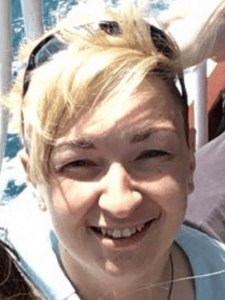 Stacey Aston
Stacey AstonDurham University
Stacey Aston is a postdoctoral researcher in Durham University’s Psychology Department. In her research, she studies visual and multi-sensory information integration for human perception and decision making. Stacey joined SPC to have a positive impact on the VSS experience for student and postdoc members. She is sure that the newly formed SPC committee will be a valuable asset to the VSS team as they work to enrich the VSS program with many more development and networking opportunities.
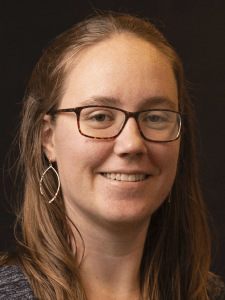 Kathryn Bonnen (Chair)
Kathryn Bonnen (Chair)New York University
Kathryn (Kate) Bonnen is a Simons Society postdoctoral fellow at New York University (NYU). She earned her bachelor’s degrees in computer science and psychology at Michigan State University and received a Ph.D. in neuroscience from the University of Texas at Austin. Prior to NYU, she was an ARVO/VSS scholar and visiting researcher in the Optometry School at the University California Berkeley. Her research focuses on motion perception, behavioral modelling, binocular processing, and sensorimotor control.
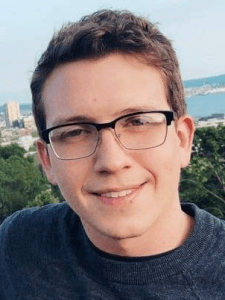 Matthew Boring (Record Keeper)
Matthew Boring (Record Keeper)University of Pittsburgh
Matthew Boring is a fourth year PhD student from the University of Pittsburgh. He studies in Dr. Avniel Ghuman’s Laboratory of Cognitive Neurodynamics to understand how visual representations of objects evolve in the ventral stream and how these representations influence visual attention. Within the Student Postdoc Advisory Committee, Matthew is excited to improve VSS for trainees by establishing channels of communication between students, postdocs, and VSS organizing committees. By better understanding the desires and concerns of trainee members, it will be easier to develop programs that improve the value of VSS to them.
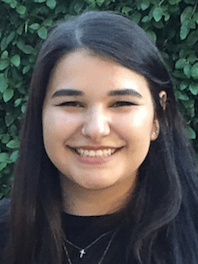 Cristina Ceja
Cristina CejaNorthwestern University
Cristina Ceja is a graduate student at Northwestern University pursuing a PhD in Psychology. She is interested in exploring the limits of our visual system in perceiving, processing, and updating visual representations. Currently, she studies how the visual system binds features to objects, and the role of visual attention in this binding process. As a member of the Student-Postdoc Advisory Committee (SPC), she looks forward to building on her existing outreach efforts and committee work dedicated to engaging and advocating for trainees.
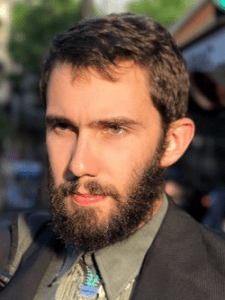 Björn Jörges
Björn JörgesYork University
Björn finished his PhD at University of Barcelona and is currently doing a PostDoc at York University, Toronto, in a project funded by the Canadian Space Agency. His research is focused on the role of vestibular cues for visual perception and how we perceive moving objects while we ourselves are moving through the environment. He is furthermore convinced that open and diverse science is better science.
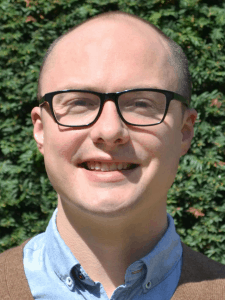 J. Brendan Ritchie (VSS Liaison)
J. Brendan Ritchie (VSS Liaison)National Institute of Mental Health
J. Brendan Ritchie, Ph.D, is a post-doctoral fellow in the Laboratory of Brain and Cognition at the National Institute of Mental Health (USA), where he is conducting research on the neural basis of visual categorization and category learning. Previously he was a post-doctoral fellow at KU Leuven (Belgium), a research associate at Macquarie University (Australia), and a graduate student at the University of Maryland (USA), where he obtained his doctoral degree. Brendan is excited to be a part of SPC, and wants to help make VSS more responsive to the interests of early career researchers in vision science.